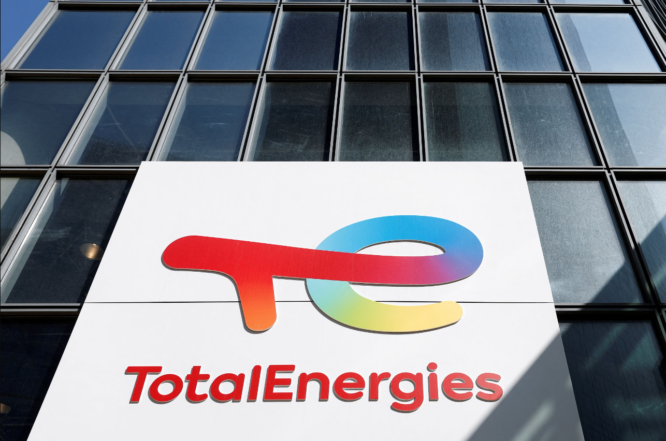Although free QR codes can be made in a wide variety of forms and patterns, the five most popular varieties are shown here. They all perform the same function; they only differ slightly in appearance.
1. QR code: Denso Wave invented the first iteration of the QR code in the 1990s. Its three finder patterns at the bottom-left, top-left, and top-right corners make it simple to recognize.
2. Aztec code: Welch Allyn created the Aztec code, which resembles a QR code but has a single finder pattern in the center.
3. Maxi code: The United States Postal Service uses this kind of QR code. Although it employs a honeycomb pattern rather than squares, it is comparable to the Aztec code in that it centers the finder pattern.
4. PDF417: Symbol Technologies’ Ynjiun Wang created the peculiarly called PDF417 in 1991, three years before the QR code. Its rectangular form makes it instantly recognized and gives it the appearance of a cross between a barcode and a QR code.
5. Semacode: Created by the same-named software business, Semacode is a data matrix that resembles a standard QR code but lacks distinguishable finder patterns.
Instances of QR code usage
There are several situations in which QR codes are utilized, such as:
Using QR codes in marketing and sales
Because QR codes offer a quicker and more user-friendly method of directing consumers to websites than manually inputting URLs, many advertisers use them into their campaigns.
Additionally, they can be used to connect straight to internet product pages. For example, a QR code may lead you straight to the website where you could buy the identical outfit that a model was wearing on a billboard.
QR codes for tracking the coronavirus
The use of QR codes has increased dramatically after the coronavirus outbreak. For instance, in the UK, guests are asked to use the NHS Covid-19 tracking app to scan a QR code when they arrive at hospitality establishments like pubs and restaurants. This will assist in tracking down and halting the virus’s spread. Thanks to the information gathered from QR code scans, an app notifies other guests if someone tests positive for COVID-19 at that location.
Product packaging with QR codes
Some of your favorite goods may also include QR codes on their packaging. These QR codes can provide details about the product, such nutritional data or exclusive deals that you can take advantage of the next time you buy it.
Industry use of QR codes
Originally developed to aid in the tracking of parts in the automobile manufacturing business, QR codes are still in use today. Other companies that need to closely monitor goods and supply, such those in the retail, engineering, and construction sectors, also employ QR codes.
Postal services using QR codes
They are used by postal services worldwide as well. They are frequently used to trace packages as they can hold a lot of information. For instance, the international fashion retailer ASOS has completely switched to QR codes in order to manage refunds.
QR codes in the classroom
Schools and universities also employ QR codes to interact with students. They have shown up everywhere, including the library and classroom, to assist students in finding the books they are looking for.
How can I make QR codes more secure?
You never know when or where you could encounter a rogue QR code. Because of this, it’s crucial to utilize a QR scanner you can rely on rather than downloading one at random from the internet or app store.
Before sending you any information, QR Scanner immediately verifies that a scanned link is secure.
The scanner authenticates QR codes and warns you of the risks hidden inside them, including:
Phishing scam
A premium text message scam or an app download that is forced
Risky connections
Adding contacts to your phone is only one of the many features that QR Scanner still offers. Additionally, it generates a history of previous scans so that you may, if needed, track out when and where you could have been hacked.

